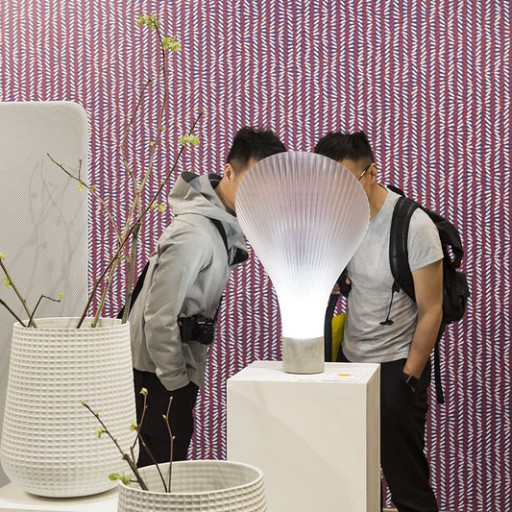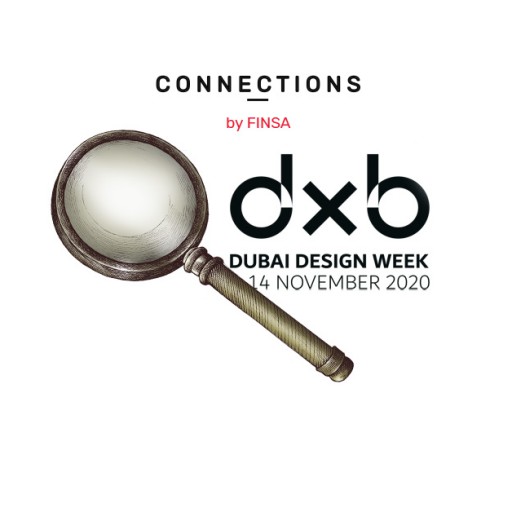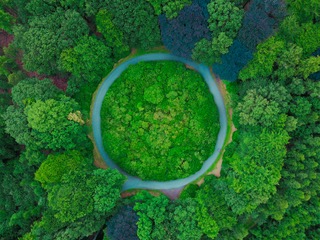The Sustainable Development Goals lay out the United Nations’ plan for reducing our impact on the environment and increasing equality. How can we support these goals in architecture and interior design? It goes without saying that, as facilitators of the public and private spaces that we all inhabit, we must help achieve these goals, which will guarantee a present and a future that is based on the wellbeing of people and the planet.
Closing the circle: an introduction to circularity
We live in a world that is constantly growing. It’s thought that, by 2030, the demand for food, water, and energy will have increased by 50%. What is clear is that, if we really want to reverse this situation, current economic and cultural models are no longer appropriate.
How can we make the necessary changes? Until now, a linear system has been used: we take what we need from the market and, when it is no longer useful, we throw it away, meaning that we lose control of how that waste is managed. The real change starts by going from this system to a circular one. In doing so we are able to save a large part of the product’s value by using regenerative and biomimetic models, which replicate nature’s ability to regenerate. In this way, waste disappears and actually ends up nourishing the environment – a win-win situation in every way.
Ver esta publicación en Instagram
Balance is possible: the environment, social wellbeing, and economic growth
Circularity is much more than just recycling. In fact, did you know that even though a product might be recyclable it is not always sustainable? In order to learn how to differentiate between product types, we need to understand two processes. Firstly, there is downcycling, which mainly uses additives and chemicals and involves higher transport costs as well as more raw materials. The only thing that downcycling achieves is a delay in the process by which a waste product is obtained. The other process, which is generally preferred, is upcycling, in which the final product is of equal or higher quality than the original.
How can we know which recycling process the material we are using has been subjected to? This is where a Life Cycle Analysis (LCA) comes in. It takes into account the raw materials, energy, and water used at each stage of a product’s life cycle. It then considers the emissions and waste products produced, as well as environmental impact indicators, including the product’s carbon footprint.
Finally, there is the Environmental Product Declaration (EPD), which covers all of the indicators. This is the document that outlines the impact of a specific material. There is still a long way to go in terms of making sure EPDs are in alignment; nevertheless, they allow us to compare the energy required to produce each of the different materials that we are thinking about using in our projects.
Ver esta publicación en Instagram
Environmental certifications: in search of guaranteed sustainability
How can we guarantee that the materials we use are in line with the Sustainable Development Goals? Environmental certifications are the answer. Whenever you’re debating about which material to use, you should look at the type of ecolabel that it falls under.
- Type 3 Ecolabels: a third party verifies the material’s impact on the environment
- Type 2 Ecolabels: the manufacturer specifies the recycled content that can be found in a product
- Type 1 Ecolabels: awarded by bodies that have a set of prerequisites that the product must meet.
Ver esta publicación en Instagram
Cradle to Cradle: circular certification
When it comes to guaranteeing circularity, the Cradle to Cradle certification is directly related to the Sustainable Development Goals. There are two cycles within this certification: biological and technical. Once the cycle that the material belongs to has been identified, it must stay in that cycle. There are five quality categories:
- Material Health: guarantees that substances which are toxic to people and the environment have been eliminated.
- Material Reutilization: focuses on the circularity of the product, avoiding waste production.
- Renewable Energy: ensures the use of renewable energy during production processes.
- Water Stewardship: evaluates whether water is used in a responsible way during the product’s manufacturing process.
- Social Fairness: protects the providers and others involved in the manufacturing of the product and looks at the CSR policies of the manufacturing company.
Sustainable building: LEED & BREEAM & WELL & LBC
The materials we use help us to meet the standards that are set by sustainable building certifications. Meeting these standards is ultimately the main role that we can play in the architecture and interior design worlds when it comes to the Sustainable Development Goals. Green Building Council España offers support by providing profiles of materials on their platform to help you decide which products are the best choice for your projects.
Ver esta publicación en Instagram
Do you want to know more about how you can help everyone achieve the Sustainable Development Goals? Watch this webinar to find out everything you need to know about environmental certifications and sustainable building.




